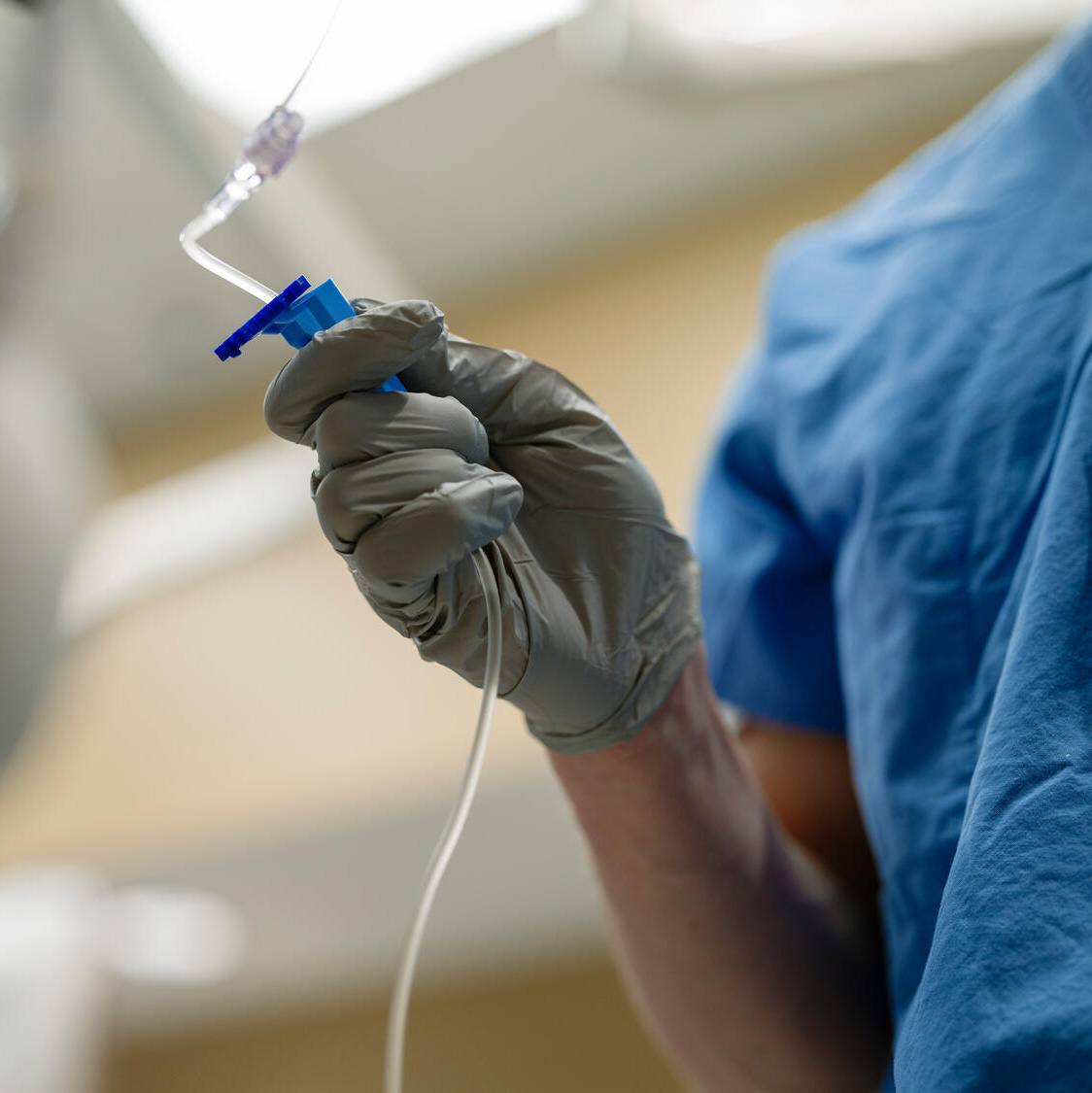-
New Approach to Breast Reconstruction Surgery Reduces Opioid Painkiller Use, Hospital Stays
New York — March 3, 2014 — A new approach to breast reconstruction surgery aimed at helping patients’ bodies get back to normal more quickly cut their postoperative opioid painkiller use in half and meant a day less in the hospital on average, a Mayo Clinic study found. The method includes new pain control techniques, preventive anti-nausea treatment and getting women eating and walking soon after free flap breast reconstruction surgery. It has proved so effective, it is now being used across plastic surgery at Mayo Clinic. The findings were being presented at the Plastic Surgery Research Council annual meeting March 7-9 in New York.
 Breast reconstruction surgery is common after breast tissue is removed to prevent or treat breast cancer; in free flap breast reconstruction, the plastic surgeon transfers a section of tissue from one part of the body to the chest. Using traditional care, the hospital stay averaged roughly four and a half days after that procedure. Using a new approach known as an “enhanced recovery pathway,” patients spent an average of three days in the hospital, the researchers found.
Breast reconstruction surgery is common after breast tissue is removed to prevent or treat breast cancer; in free flap breast reconstruction, the plastic surgeon transfers a section of tissue from one part of the body to the chest. Using traditional care, the hospital stay averaged roughly four and a half days after that procedure. Using a new approach known as an “enhanced recovery pathway,” patients spent an average of three days in the hospital, the researchers found.
Opioid painkiller use by patients in the hospital after surgery also declined with the new method, and those patients reported less pain at 24 hours after surgery than those who received the traditional approach. Calculated in oral morphine equivalents, opioid use averaged 142.3 milligrams over the first three days in the hospital, compared with an average of 321.3 milligrams over the same period with traditional care.
Patients are giving the changes positive reviews, says senior author Michel Saint-Cyr, M.D., a plastic surgeon in the Breast Diagnostic Clinic at Mayo Clinic in Rochester, Minn.
“I think it minimizes their apprehension and anxiety preoperatively and they go into surgery with a better mindset. The majority do not think it was as painful as they thought it would be after surgery,” Dr. Saint-Cyr says. “We’re seeing pain scales ranging from 0 to 4 out of 10, compared to 6 to 8 out of 10 before the pathway. Patients are happier, and they’re getting out of the hospital faster.”
The study included 48 patients: 17 received traditional care, while 31 experienced the new approach.
Dr. Saint-Cyr, anesthesiologists, pharmacists and nursing staff collaborated to develop the enhanced recovery pathway. It included preoperative analgesics to help prevent pain; nonsteroidal anti-inflammatories; use of the nerve-numbing agent liposomal bupivacaine in the surgical site during surgery; avoiding postoperative opioids; giving preventive nausea treatment; resuming food and walking soon after surgery; and avoiding routine intensive care unit monitoring.
In addition to leaving the hospital earlier, many patients are able to resume driving and working more quickly than with the traditional care method, Dr. Saint-Cyr says. Many go home with the non-narcotic drug acetaminophen as their only painkiller, he says.
A cost-savings study is under way, Dr. Saint-Cyr says. Other Mayo Clinic studies have found that similar enhanced recovery pathways reduce narcotic use and allow earlier hospital discharges after gynecologic and colorectal surgeries.
Financial disclosure: Dr. Saint-Cyr has a consulting agreement with Pacira Pharmaceuticals Inc. Pacira wasn't involved in the study.
###
About Mayo Clinic
Recognizing 150 years of serving humanity in 2014, Mayo Clinic is a nonprofit worldwide leader in medical care, research and education for people from all walks of life. For more information, visit 150years.mayoclinic.org, MayoClinic.org or https://newsnetwork.mayoclinic.org/.
MEDIA CONTACT:
Sharon Theimer, Mayo Clinic Public Affairs, 507-284-5005, Email: newsbureau@mayo.edu







